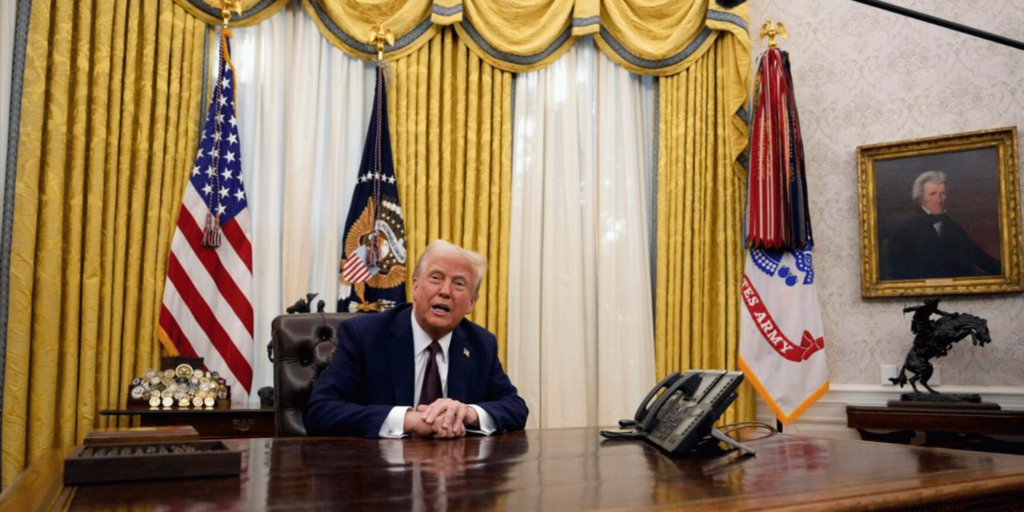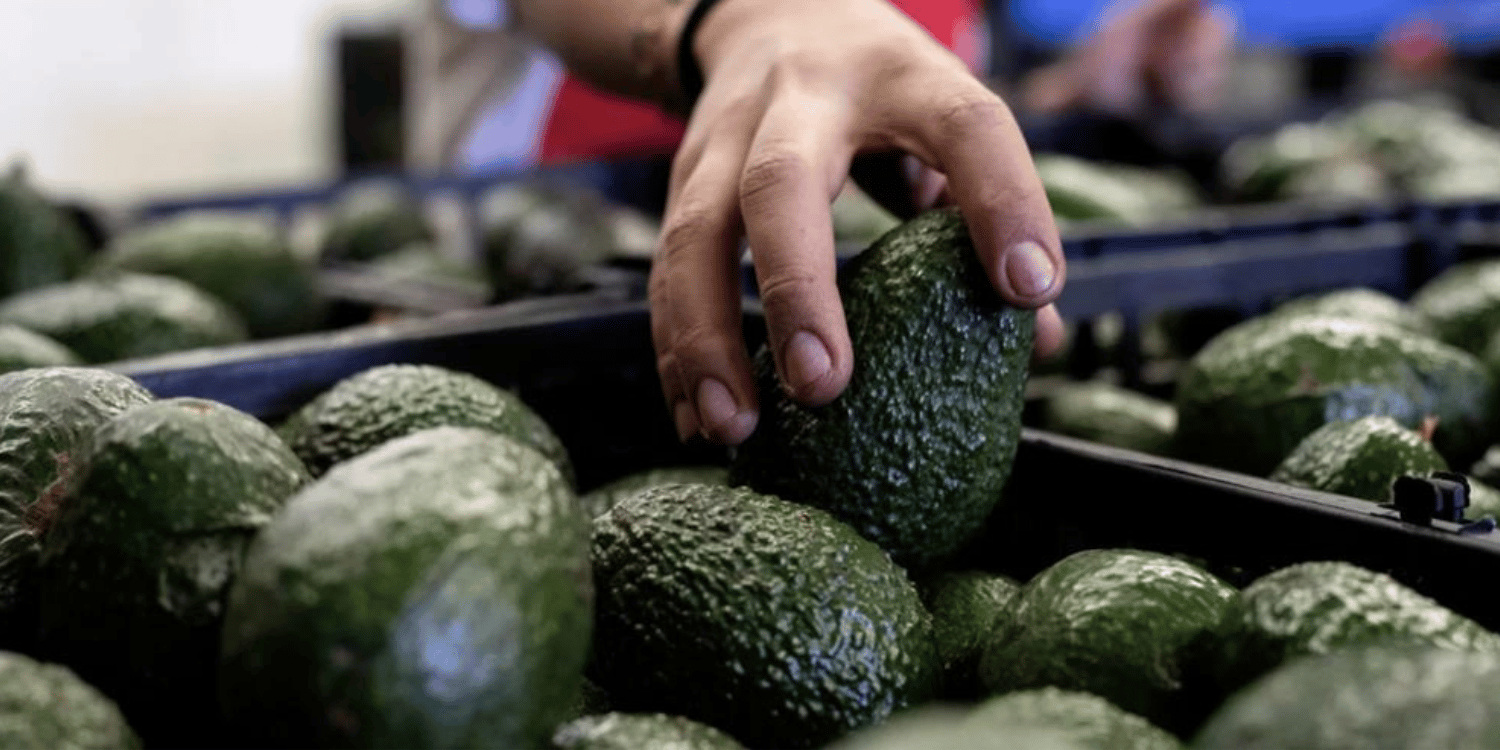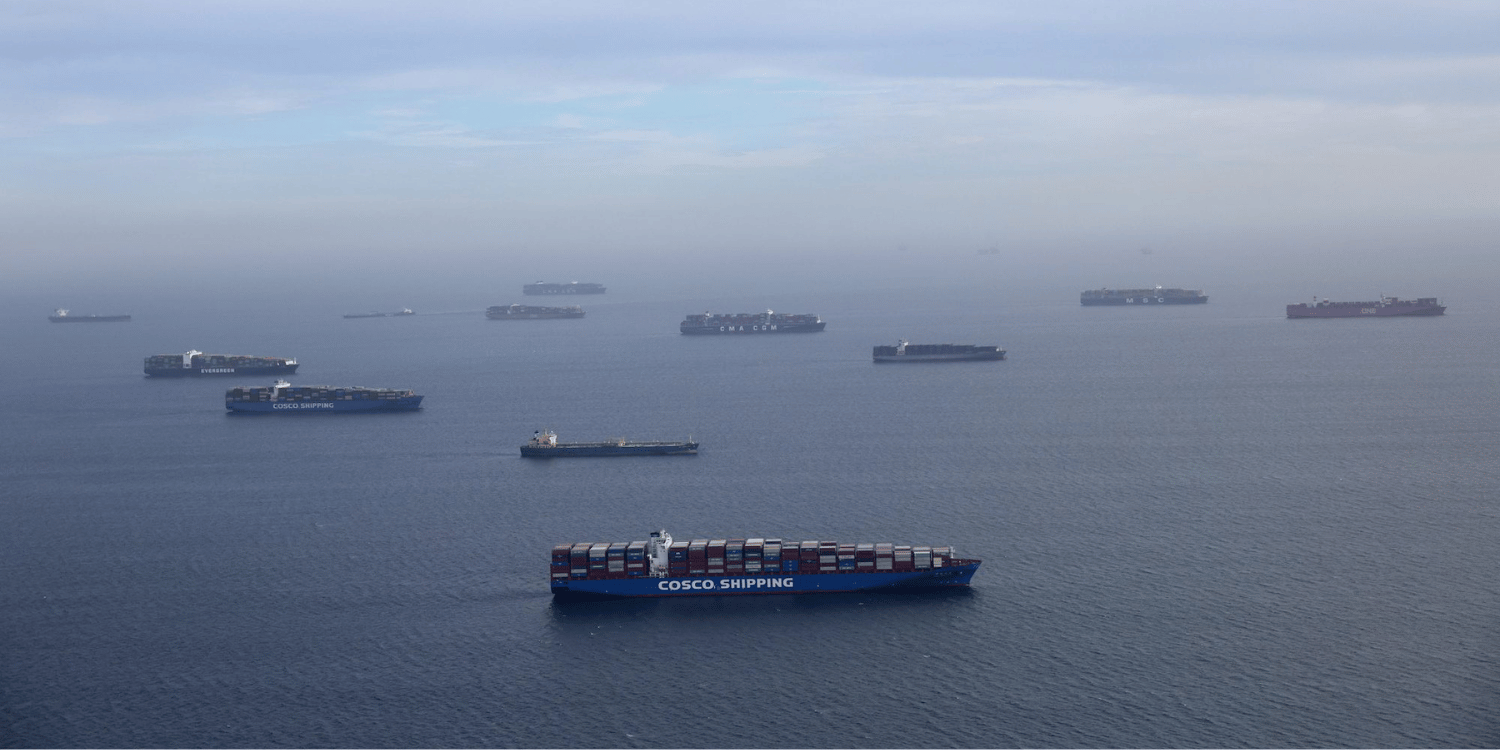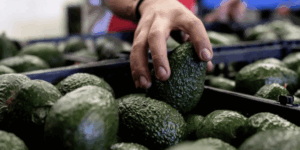Administration Targets High Foreign Tariffs to Rebalance Trade
President Donald Trump has launched a plan to impose reciprocal tariffs on foreign countries in an effort to address what he considers unfair trade practices.
He signed an executive order on Thursday, directing his administration to design levies that match or exceed foreign tariffs and non-tariff barriers on U.S. exports.
The announcement, made on February 13, 2025, is expected to become actionable by April and could dramatically reshape America’s longstanding trade strategy.
It specifically targets nations that maintain high tariffs or restrictive policies in areas such as automobiles, semiconductors, and pharmaceuticals.
Although these customized tariffs mark a significant shift, the administration has indicated it will calculate them on a country-by-country basis to rebalance trade relationships.
The initial focus will be on countries that charge the highest tariffs on U.S. goods, with the possibility of implementation “in weeks or months.”
Trump has repeatedly pointed to the European Union’s value-added tax and tighter regulations, along with the trade practices of Japan and South Korea, as central examples of policies he believes hurt American exporters.
“Whatever countries charge us, we will charge them back,” Trump said from the Oval Office, signaling the end of what he sees as a one-sided arrangement and announcing more tariffs to come.
The new approach deviates from the “most favored nation” principle that has governed global trade for decades.
Under that system, all countries receive equal tariff treatment unless covered by a specific trade deal, but the reciprocal tariff plan effectively abandons this norm.

“For many years the United States has been treated unfairly by trading partners, both friend and foe. This lack of reciprocity is one source of our country’s large and persistent annual trade deficits in goods. I’ve decided, for purposes of fairness, that I will charge a reciprocal tariff, meaning whatever countries charge the United States of America. In almost all cases, they’re charging us vastly more than we charge them, but those days are over.”
Donald Trump, President of the United States
Howard Lutnick, who has been confirmed as Commerce Secretary, explained that the administration’s studies and calculations should be ready by April 1, giving Trump the option to act immediately afterward.
One major challenge is the complexity of analyzing tariffs and trade regulations across nearly 200 countries.
Each has unique trade barriers and tariffs, requiring a broad investigation by agencies such as the U.S.Trade Representative and the Commerce Department.
“It’s a two-way street,” Lutnick said, indicating that if other nations reduce barriers, the administration may be open to lowering or even removing certain tariffs to achieve mutual concessions.
Farm groups and lawmakers from agricultural states have already expressed alarm, noting that retaliation by key importers of U.S. farm products could harm rural economies.
Many agricultural exporters fear their goods ranging from soybeans and dairy to pork and corn will be prime targets if trading partners strike back.
Because many farmers are still recovering from earlier tariff battles that dampened commodity prices, there is concern that further measures could push vulnerable operations closer to financial distress.
Some agricultural organizations plan to demand exemptions for farm products or federal financial support if global markets turn volatile.
Economists remain divided on whether unfair foreign tariffs are the primary driver of the U.S. trade deficit or if broader macroeconomic forces play a larger role.
While the administration blames these deficits on foreign subsidies, unfavorable regulations, and currency manipulation, critics point to factors such as America’s robust consumer demand and the dollar’s status as a reserve currency.
Although many experts agree there is room to negotiate fairer market access, they warn that sweeping tariffs risk igniting a retaliatory cycle that would raise consumer prices and disrupt supply chains across multiple industries.




















